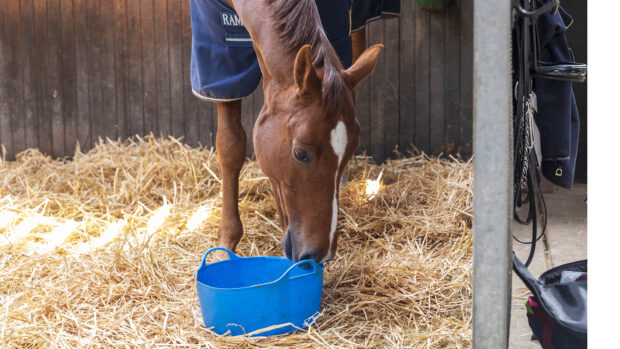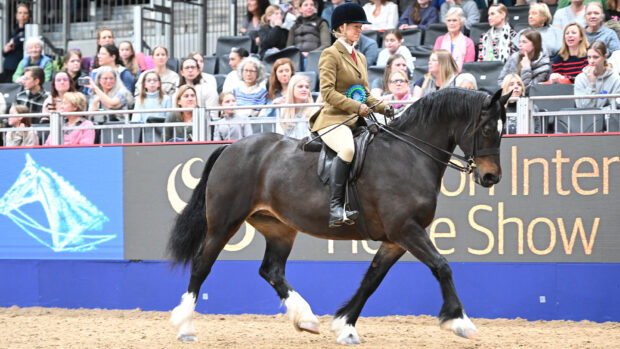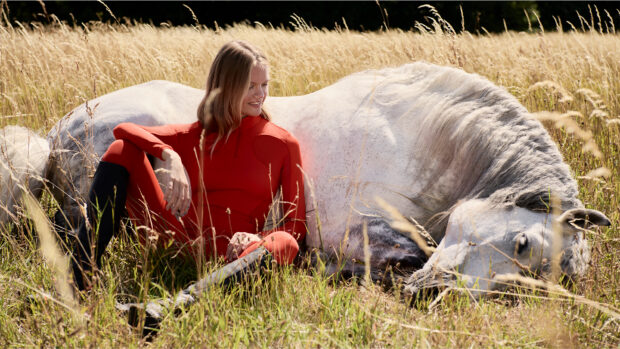The Cavalier King Charles Spaniel is a distinct breed from the King Charles Spaniel, despite the two resembling one another and having very similar names. They share a common history, but have been separate breeds since 1945.
Although both are toy breeds, the Cavalier is slightly larger, with a longer muzzle, flatter skull and overall has a more sporting look. Toy spaniels go back to the 1500s, when these miniature sporting dogs were popular with royalty and noble ladies as companions and playthings. The name Charles comes from the courts of Charles I and II, where the popularity of these little spaniels grew and grew. These sparky toy dogs were naturals at flushing game, like their larger cousins such as the cocker and springer.
The Cavalier has its roots particularly in the Blenheim Spaniel, developed by the Duke of Marlborough, which had a chestnut and white coat, but other coat colours came through later. Shorter muzzles and the domed skull became fashionable in the late 19th century, giving rise to more toy spaniels with this look, however it was not universally popular. The Cavalier is known as the “old type”, but was favoured by certain breeders who preferred the longer muzzles and sporting look, and the two separate breeds gradually emerged.

The Cavalier King Charles has a flatter skull and longer muzzle than its King Charles cousin
Cavalier King Charles Spaniel: fact file
Kennel Club breed group: toy
Size: from 5.4–8.2kg
Daily exercise: up to an hour a day
Coat: medium, shedding
Colours: black and tan, Blenheim (chestnut and white), ruby and tricolor. Dark, round eyes.
Lifespan: more than 12 years
Bark: in comparison with many other small breeds, the Cavalier King Charles Spaniel is a relatively quiet dog, not prone to nuisance barking. They tend to be easy-going and only bark if they’re excited or to alert you to visitors.
Distinctive features: small, sporty and graceful, with plenty of feathering in their long silky coat, including round the ears and feet. Flat-skulled with a decent length of nose (roughly 3.8cm). Ears set on high.
Temperament: friendly, fearless and affectionate.
Things to consider: a Cavalier’s coat needs a fair amount of attention on the grooming front to keep it looking its lustrous, silky best. Regular grooming with one of the best dog brushes is ideal, while an occasional bath with the best doggy shampoo will keep any white patches sparkling clean.
As a toy breed, they need everything in miniature, from the best small dog beds to the best puppy food for small breeds.
Training: a smart, sporty little spaniel, who is eager to please – and therefore good to train. They enjoy many sports, such as agility and obedience, while they are also popular therapy dogs, due to their sweet natures and ability to switch from sporting dog to lapdog.

Cavalier King Charles Spaniel Handbook | Amazon
This is the highest-rated Cavalier King Charles Spaniel book on Amazon and Goodreads with pages dedicated to breed-specific behaviour, training, health and care.
You may also enjoy reading…

All about the King Charles Spaniel – and how it’s different from the Cavalier version of the same name

Meet 7 of the world’s smallest dog breeds

All about the pug: big dog, small package

Why gundog breeds are the most popular canine group of all, even if many of them will never see a shoot

21 of the cutest dog breeds to make you coo, smile (and want more dogs…)

What breed is my dog? (and why you need to know)

Subscribe to Horse & Hound magazine today – and enjoy unlimited website access all year round
Stay in touch with all the news in the run-up to and throughout the Paris Games, Burghley, HOYS and more with a Horse & Hound subscription. Subscribe today for all you need to know ahead of these major events, plus online reports on the action as it happens from our expert team of reporters and in-depth analysis in our special commemorative magazines. Have a subscription already? Set up your unlimited website access now




